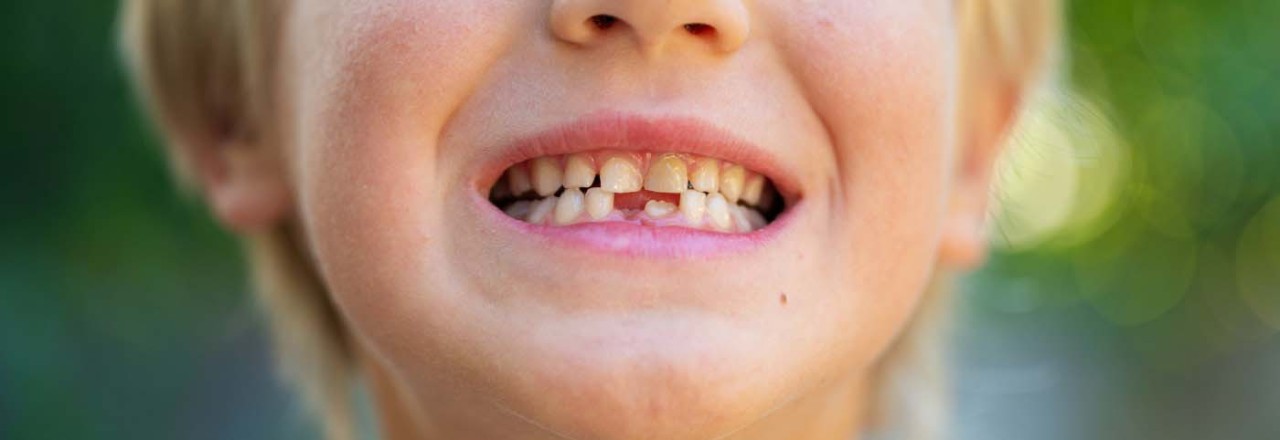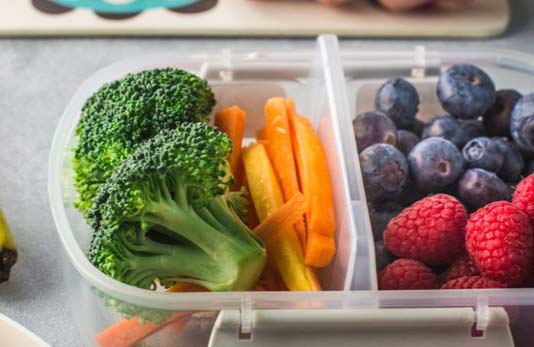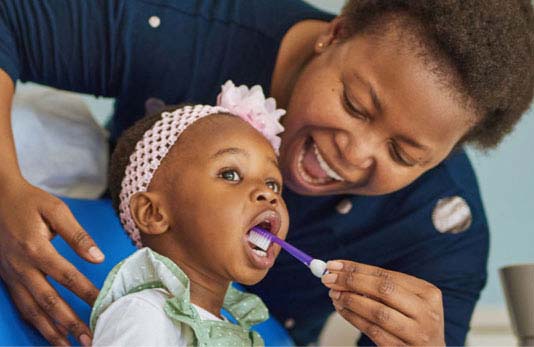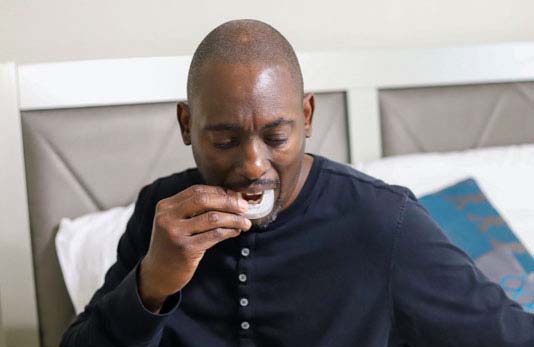What to do when your child knocks a tooth loose

A child’s tooth can be easily knocked out by a fall or a sports accident. While the incident can be frightening, the outlook for your child’s tooth is good if you act quickly. Here's what you should know if it happens to your child.
My child's tooth was knocked out. What should I do?
First, examine the child’s mouth to assess the injury. If it seems to be more serious than a knocked-out tooth, consider going to the hospital so a physician can examine the child’s face, mouth and gums. If the injury is limited to a knocked-out or loose tooth, call your dentist.
What if a baby tooth is knocked loose, but not completely out?
If a tooth is knocked loose, call your dentist for advice on how to proceed. He or she will likely advise your child to eat a soft diet for the next few days to allow the tooth to re-implant into the jawbone. Depending on the injury’s severity, your dentist may also suggest an x-ray. This is a precautionary measure used to determine whether a nerve or secondary tooth is damaged.
What if a baby tooth is knocked out completely?
Not to worry. Losing one or more front baby teeth may give your child a temporary lisp, but no permanent effect on speech development or eating will result.
What if a permanent tooth is knocked out?
Call your dentist immediately for an emergency appointment. It’s critical to get your child and the tooth to the dentist within 30 minutes of the accident, as it may be possible to successfully re-implant the tooth.
Keeping the tooth in good condition and receiving care immediately make the odds of successful re-implantation much higher. Follow these steps before your emergency appointment:
- Recover the tooth.
- Rinse it lightly with water to clean off debris, but do not scrub. (Scrubbing can damage root cells that are needed to re-implant the tooth in the jawbone.)
- Keep the tooth moist. If your child is old enough not to swallow the tooth, it can be placed between his or her cheek and gum. Otherwise, wrap it in a clean cloth or gauze soaked in milk, salt water or tap water to completely cover it.
Last updated February 3, 2022
Related articles:
The oral health information on this website is intended for educational purposes only. Always consult a licensed dentist or other qualified health care professional for any questions concerning your oral health.


